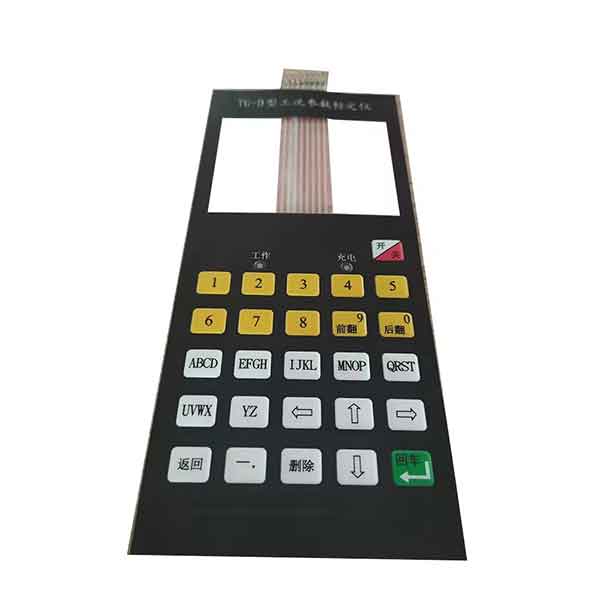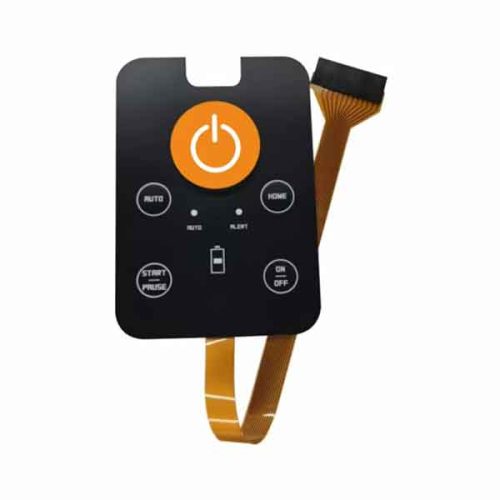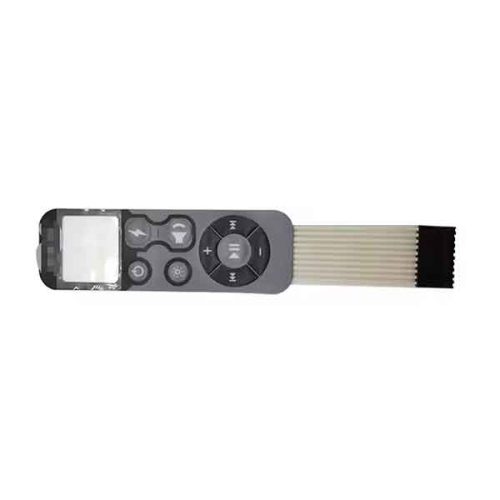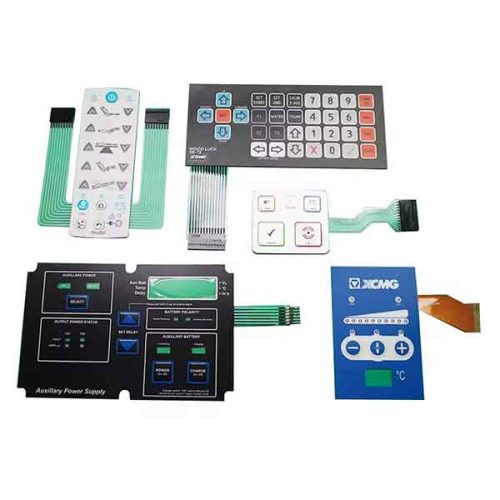Electrical switches that turn circuits on and off, membrane switches enable communication capabilities for many different types of technology products, equipment, and systems. These interface utilities can be simple tactile switches that control lighting, touch-screen panels, plastic keyboards, or toggle switches.
With membrane keypads, functionality is critical – they must meet your specs, and they must function accurately. From simple switches to complex membrane keypad architecture for instrumentation panels and industrial keypads, NFI Corp has the experience and expertise to bring your project to life.








